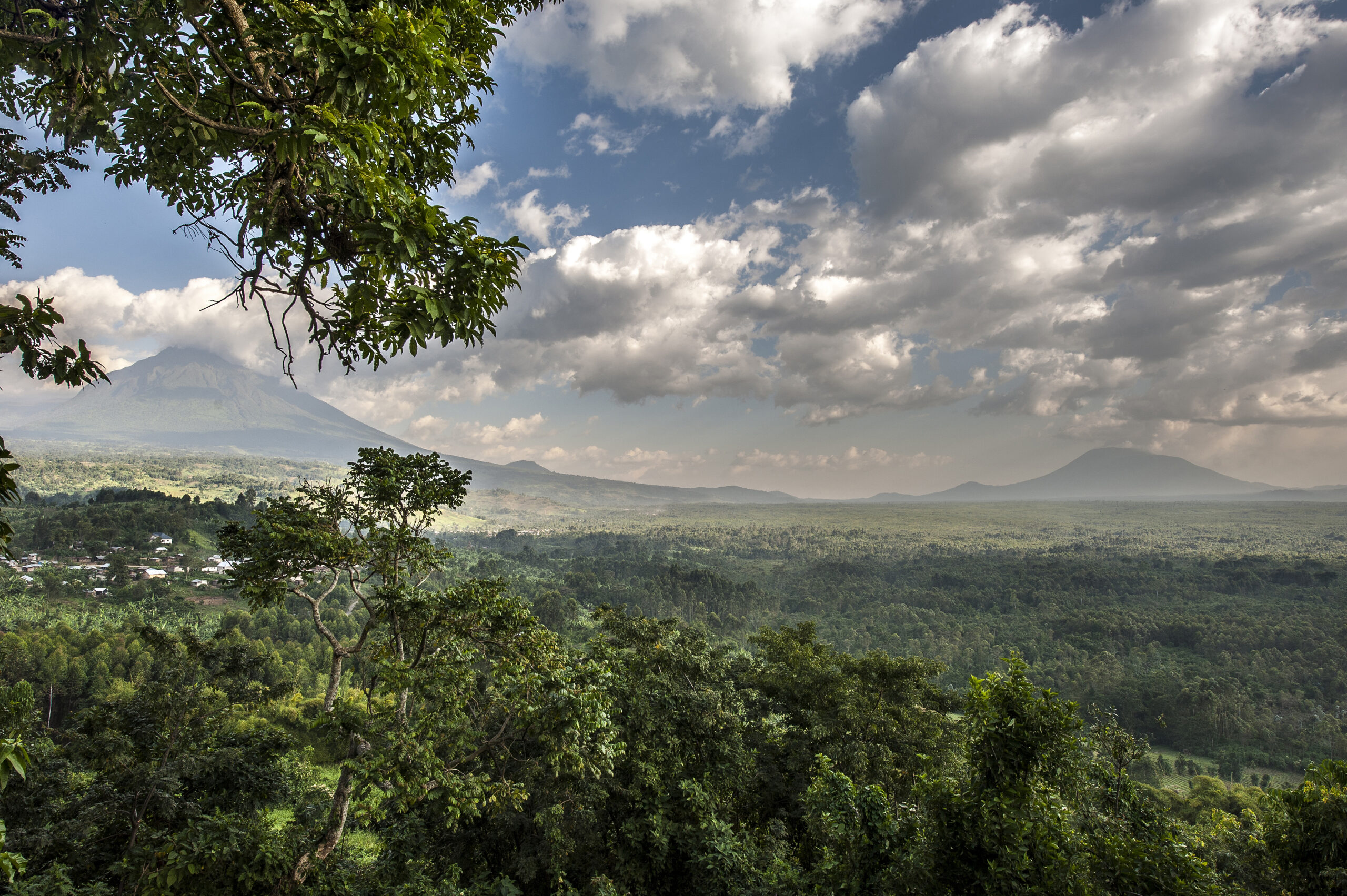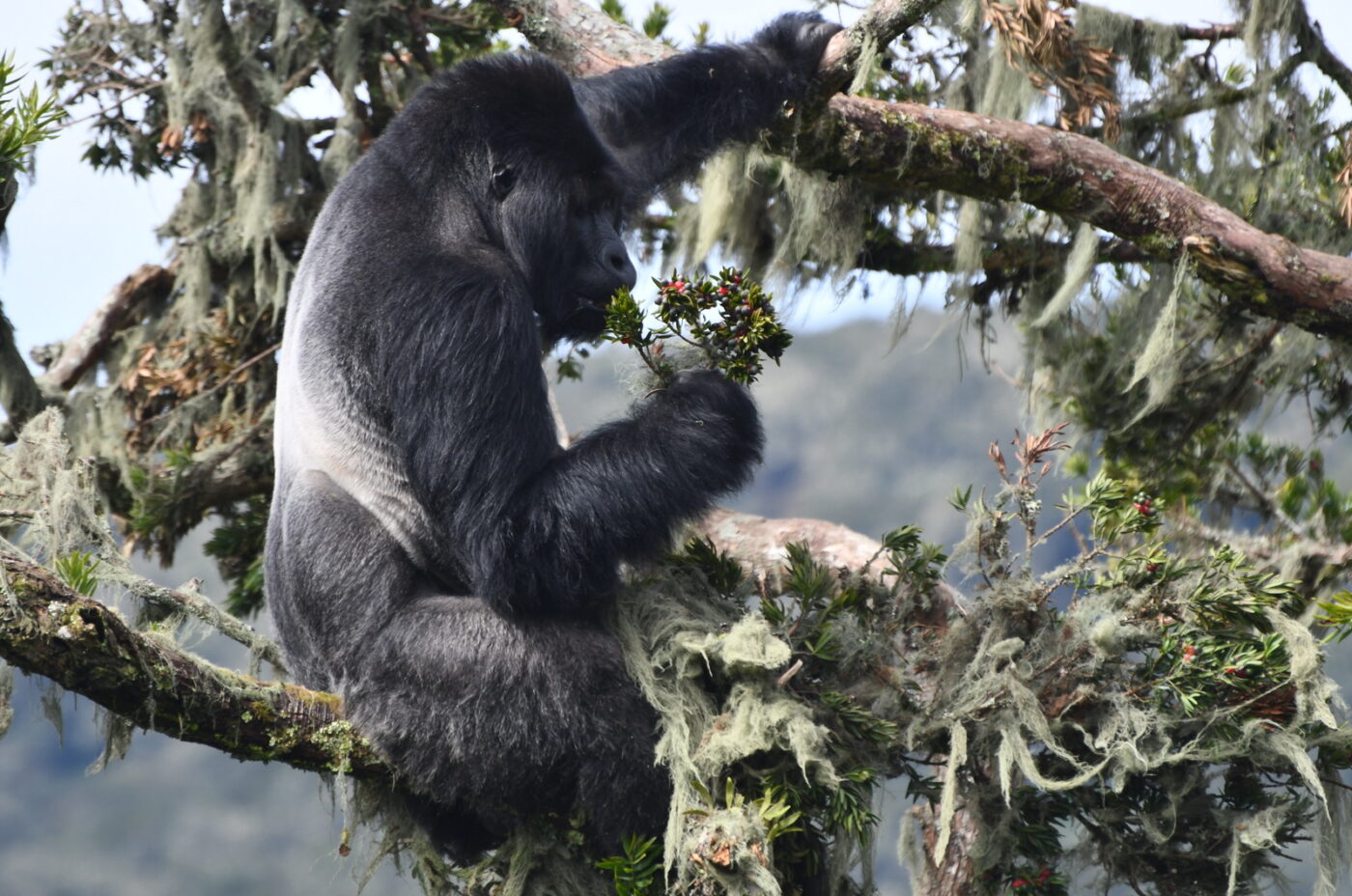- The eastern lowland gorilla is the largest of all gorilla subspecies, making it the largest primate and great ape on the planet.
- Eastern lowland gorillas have distinct fingerprints like humans. Far easier than examining their hands is a look at their faces. Individuals are identifiable by the unique folds of skin around the nose, known as nose prints.
- An estimated 6,800 eastern lowland gorillas remaining in the wild.
Support Gorilla Conservation >







